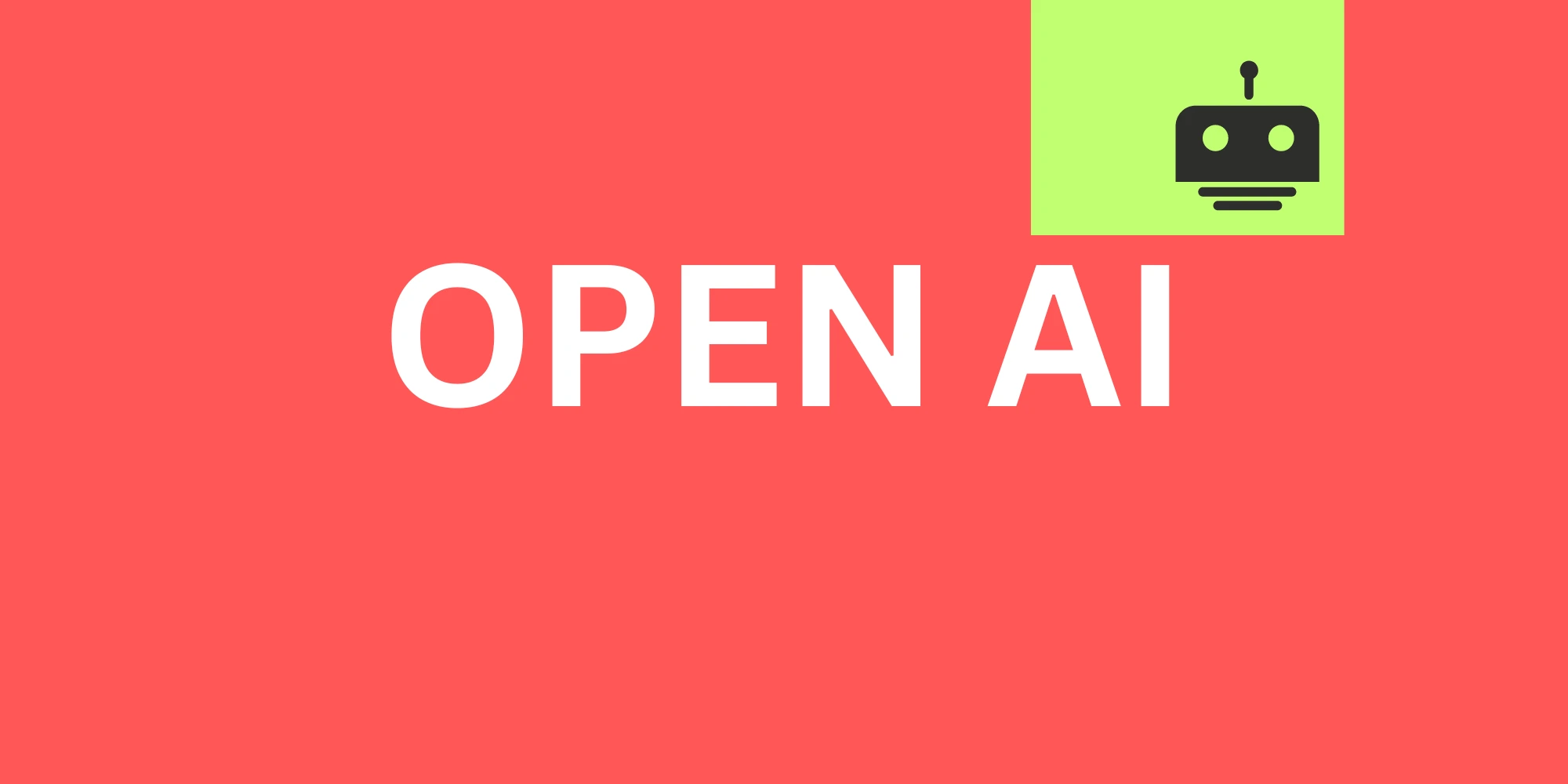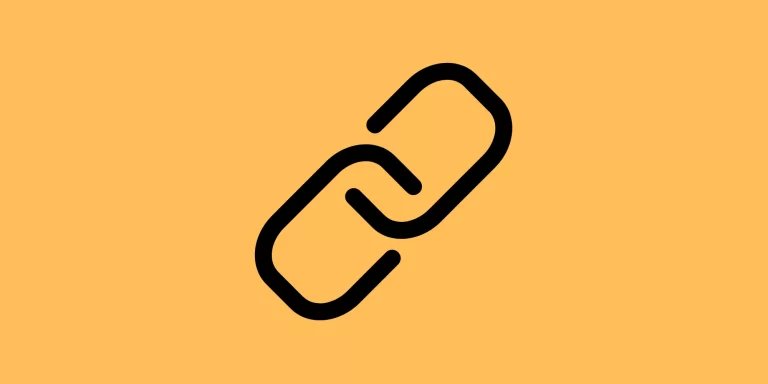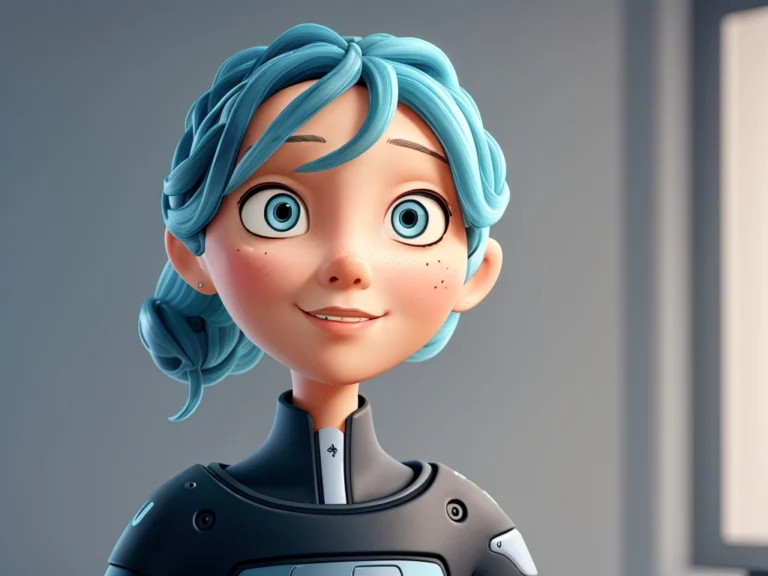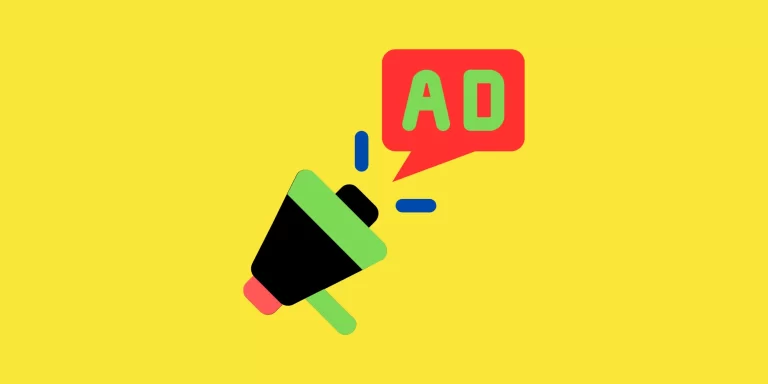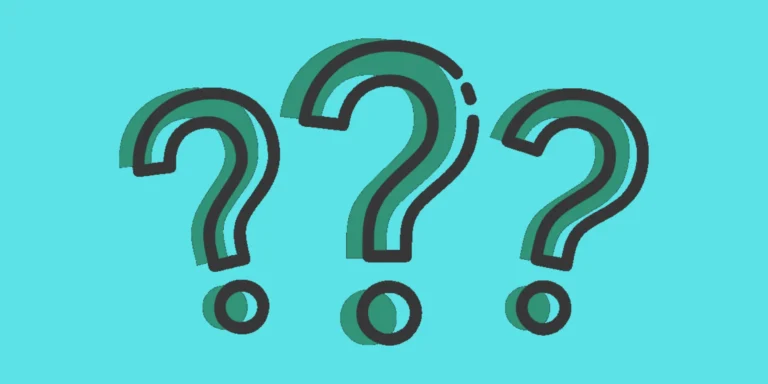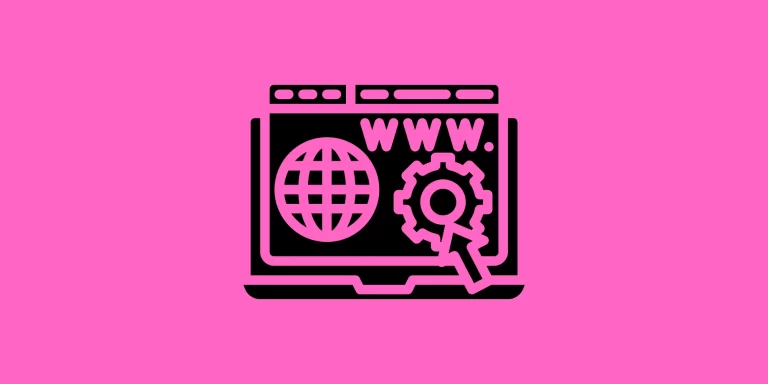OpenAI GPT-4 is an advanced artificial intelligence technology that is set to be released in mid-March 2023. It is a large language model capable of handling multiple input types such as video, images, and sound.
This is significant because previous versions of GPT – OpenAI GPT-3 -only operated in one modality, which was text. With the ability to operate in multiple modalities, OpenAI GPT-4 will be able to process a wider range of information and provide more advanced responses.
The announcement of OpenAI GPT-4’s release has caused some excitement in the tech industry, with some experts speculating that it could have a significant impact on the field of artificial intelligence.
Microsoft Germany’s CTO, Andreas Braun, has confirmed that OpenAI GPT-4 will be released within a week of March 9, 2023. Some experts have suggested that Google should be worried about GPT-4’s release, as it could represent a significant advancement in the field of artificial intelligence.
Dr. Andreas Braun, CTO of Microsoft Germany quoted as:
“We will introduce GPT-4 next week, there we will have multimodal models that will offer completely different possibilities – for example, videos…”
The news about OpenAI GPT-4 being multimodal lacked specific details, so whether the information shared was specific to OpenAI GPT-4 or just in general is unclear.
Microsoft’s Director of Business Strategy, Holger Kenn, explained multimodalities, but the reporting was unclear whether he was talking about OpenAI GPT-4 or multimodality in general.
However, the writer of the article believes that Kenn’s references to multimodality were specific to OpenAI GPT-4. This means that OpenAI GPT-4 will have the ability to process multiple types of input, such as text, images, and sound.
The news report shared:
“Kenn explained what multimodal AI is about, which can translate text not only accordingly into images but also into music and video.”
Another interesting fact is that Microsoft is working on “confidence metrics” to ground their AI with facts, which will make it more reliable. This means that Microsoft is developing ways to ensure that its AI is based on accurate information and can provide reliable results.
Microsoft’s Implementation of OpenAI GPT-4 and Kosmos-1
Microsoft released a new multimodal language model called Kosmos-1 at the beginning of March 2023. However, this news was not widely reported in the United States.
According to a report from the German news site, Heise.de, the Kosmos-1 model performed well in various tests related to
- image classification
- image content question answering
- automated labeling of images
- optical text recognition
- speech generation tasks.
The report also noted that visual reasoning, which involves drawing conclusions about images without using language as an intermediate step, appears to be a key feature of Kosmos-1.
OpenAI GPT-4’s Language Capabilities and Implications
Kosmos-1 and GPT-4 are advanced language models that are capable of processing multiple modalities of information, such as text, images, and video, which could have significant implications for the field of artificial intelligence.
OpenAI GPT-4 is capable of working across all languages and can answer questions in a different language from the one it was asked in. For example, it can receive a question in German and provide an answer in Italian. This breakthrough is significant because it means the model can pull knowledge from different languages to provide accurate and comprehensive answers.
This ability to transcend language is similar to Google’s multimodal AI, MUM, which can provide answers in English even if the data only exists in another language, such as Japanese.
Takeaway
OpenAI GPT-4’s language capabilities are not limited to a specific language and can operate across all languages, which could have significant implications for businesses and individuals seeking to communicate and access information across language barriers.
At present, it is unclear where OpenAI GPT-4 will be used. However, Azure-OpenAI has been mentioned as a potential platform for its deployment.
Google is facing difficulties in integrating a competing technology into its search engine, putting it further behind Microsoft in the development and implementation of AI. While Google already uses AI in various products, such as Google Lens and Google Maps, their approach has been to use AI as an assistive technology to help users with small tasks.
In contrast, Microsoft’s implementation of OpenAI GPT-4 is more visible and has been receiving more attention. This has reinforced the perception that Google is struggling to keep up with Microsoft in the field of consumer-facing AI.
You can find the original German report here:
Microsoft Germany has announced that GPT-4 will be released next week and it will be multimodal.
